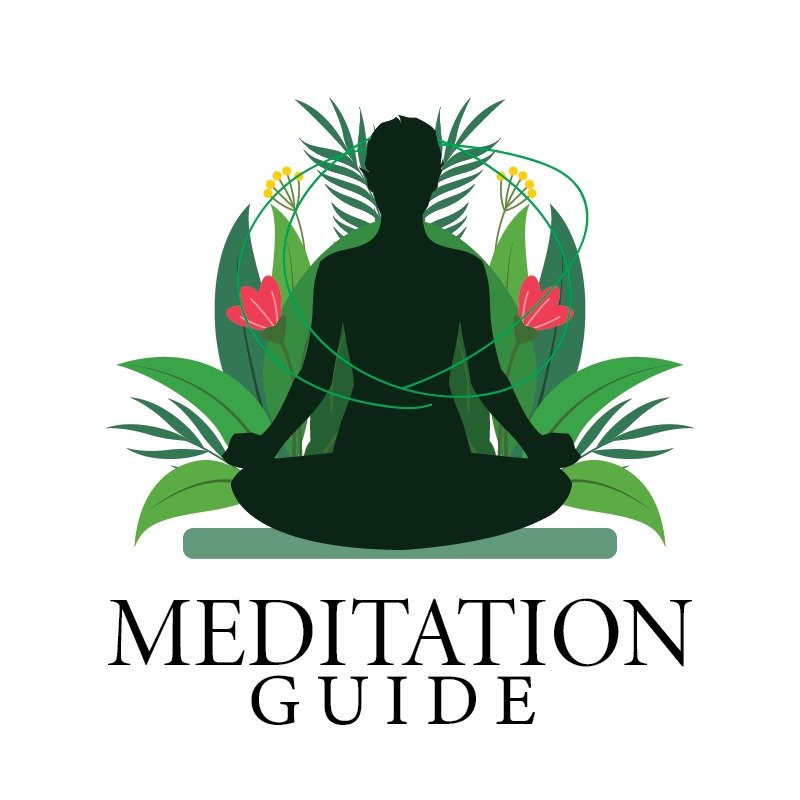
When children are faced with confusing or challenging situations, they may experience stress. Utilizing guided imagery can help to reduce that stress and provide relief. It is a type of relaxation technique that combines visualization, mental imagery, and focused attention.
Guided imagery can be used to help children cope with trauma, anxiety, fear, anger, pain management, dissociation, and other problems. With guided imagery techniques, kindness is always the main focus. Here are some ways to incorporate this worthwhile practice into your child’s life.
Guided imagery involves sitting quietly and envisioning a beautiful location. It has many uses, including helping people cope with health issues or learning tasks. It can also help students deal with a variety of learning tasks, such as writing or speaking in public.
It is an effective way to help students relax and become more creative. It is a great tool for helping students learn new things. You can use guided imagery to help your students focus on tasks while allowing them to practice independently.
What is Guided Imagery?
Guided imagery is a tool for healing and wellness. It is a technique that uses the power of the imagination to address physical, emotional, and spiritual well-being. Guided imagery can help you re-access inner wisdom and find balance.
The main benefit of guided imagery is its ability to increase a person’s capacity to process stimulants. This is why the term can be used to describe 3D goggles or other types of 3D goggles.
While it is a very effective technique for helping people achieve a relaxed state, it is also a powerful tool to reduce stress. Although it is a great way to relax, guided imagery relies heavily on mental focus and the ability to process stimulants.
There are many advantages of guided imagery. It helps a person relax while reducing stress and anxiety. It can be beneficial for people suffering from depression. It can also be a powerful tool for pain management.
When you are dealing with anxiety, it is important to understand the benefits of this technique. It can be useful for individuals who have difficulties imagining their bodies. The method can also be used as a way to treat patients suffering from fibromyalgia.
What is the purpose of guided imagery for a child?
A guide is an imaginary person that helps your child visualize a peaceful place. The purpose of guided imagery is to teach the child to become more confident about their appearance. The child can be encouraged to practice deep breathing and head-to-toe relaxation.
A vision board is a helpful tool to reinforce positive thinking and develop healthy body images. For more information, visit the website of Green Child Magazine.
The purpose of guided imagery for a child is to help the child master new behaviors and develop new skills. A script is read to the child, which teaches them how to focus on the present moment. In addition, it helps the child integrate their thoughts and emotions.
This can help them develop healthy coping skills. This is the same reason why many adults use guided imagery to treat their anxiety. And since this technique is so easy to do, it is also easier for a child to begin the practice.
In the case of a child, it helps a child reduce pain, avoids stress, and improves their immune system. With a child, it can reduce pain and help children focus on activities. It can also be used by nurses, psychologists, and social workers.
This technique is an excellent way to relieve the child of fear and anxiety and help them focus on the task at hand.
How do you teach guided imagery to Children?
To help children learn how to use guided imagery, use common images. This technique helps them identify their learning style and develop background knowledge about a topic. You can also ask them to close their eyes and imagine themselves experiencing the event.
This will help them build a more positive experience of the event and will allow them to tap into their wisdom. It is particularly effective with young children, as it teaches them to concentrate and use their imaginations to explore a topic in a new way.
There is a wide range of guided imagery audiotapes available. This audiotape can be used to help children visualize their goals. They can also be used as part of a therapy session, which makes them ideal for the classroom.
It can be used for both students and adults. A guide can even help children who are suffering from mental illness. If you are teaching your child to use guided imagery, you can use the tape to teach them the fundamental principles of the technique.
Before starting any relaxation training, it is essential to consult with your doctor. A guided imagery program may be helpful for people who suffer from anxiety. It is an excellent way to relax and can be used to help children cope with stress and anxiety.
The scripts will help them learn to use this technique. You can even create your own scripts for your kids. You can also make your own by reading an existing script or developing one yourself.
During the guided imagery session, the teacher will guide the children to create their own mental images and describe the events or feelings in the text. As you teach the students to visualize, the teacher can distribute key images from the text to the students.
Then, they can share their own experiences in creating mental pictures. After the session, the children can talk about the feelings that they experienced and explain how they came to have their own images.
What are the benefits of guided imagery for a child?
A guide is an imaginary person that helps your child visualize a peaceful place. The purpose of guided imagery is to teach the child to become more confident about their appearance. The child can be encouraged to practice deep breathing and head-to-toe relaxation.
A vision board is a helpful tool to reinforce positive thinking and develop healthy body images. For more information, visit the website of Green Child Magazine.
Among them, children can improve their concentration. In addition, they can learn to focus on the present situation. This is especially helpful for children with anxiety or ADHD. A child can use guided imagery exercises to enhance their overall self-esteem.
It can also reduce stress. It can help them cope with stressful situations. When used with a positive approach, guided imagery helps the child develop empathy.







